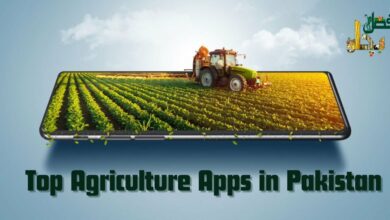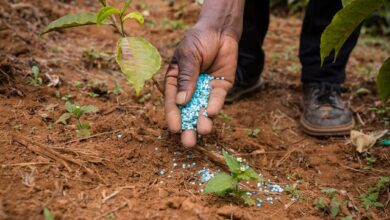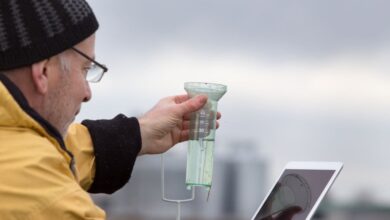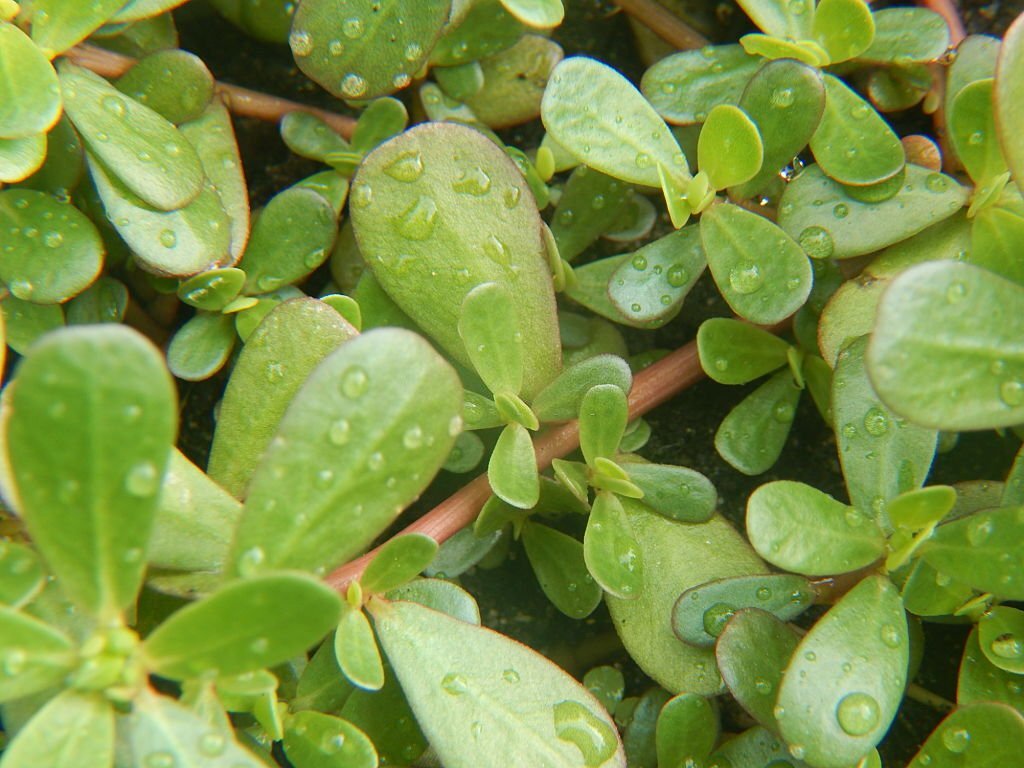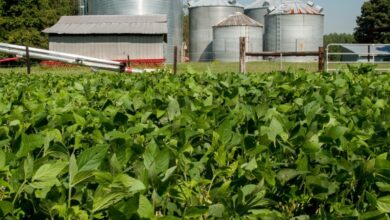
Last updated on June 24th, 2024 at 10:49 am
Have you ever stopped to think about where your food comes from? Modern Agriculture plays a crucial role in providing the food we eat every day. But what exactly does modern agriculture entail, and how has it evolved over the years?
Farming has been important to people for a really long time. But now, with new technology and ideas, how we grow food has changed a lot. Modern farming includes lots of different ways to grow more crops and do it faster.
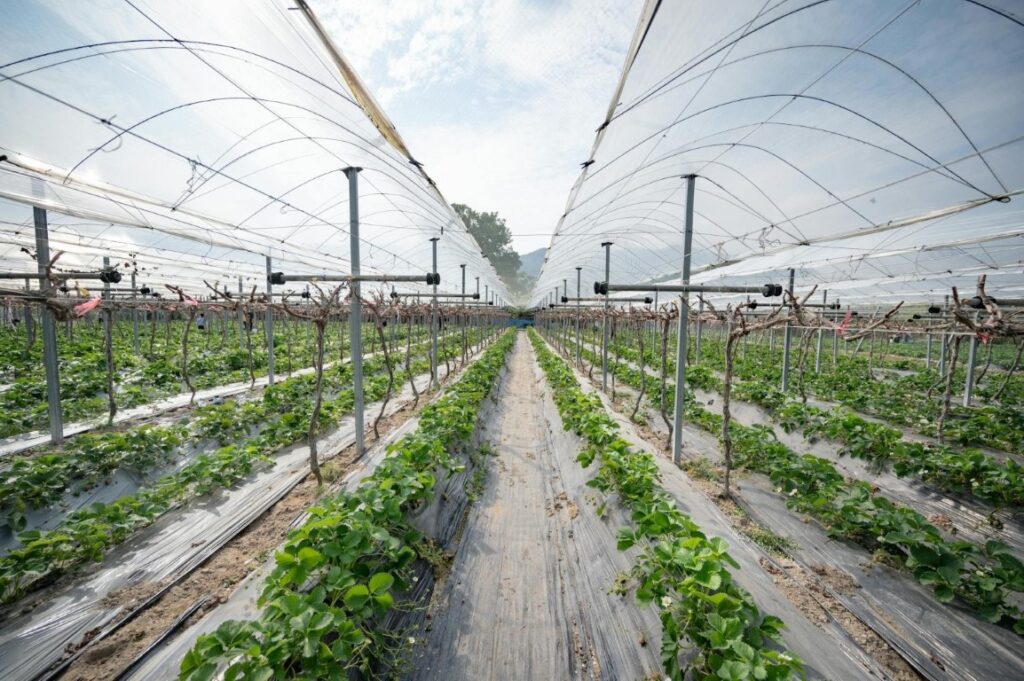
The ground is looking healthy with rows of plants sprouting up. It’s amazing to watch the growth process unfold right before my eyes. #farming
What is Modern Farming?
Modern farming means using new technology, methods, and science to grow more food. Farming includes growing crops, raising animals, and other things we need like fabric. In the past, people mainly relied on farming for what they needed every day, but they didn’t produce much because they used old ways. Now, modern farming has changed farming a lot by using technology, knowledge, and better ways of doing things. It lets farmers be more important and use tools and methods to make more food. Some modern farming ways are aeroponics, aquaponics, hydroponics, and growing just one kind of crop. These new ways are really important for making enough food, fuel, and fabric for everyone while using resources well.
Methods of Modern Farming
New ways of farming have changed old farming ways a lot. These new ways use smart techniques to make farming better and help nature. Some of these ways include being really careful with farming, farming in tall buildings, using water with fish to grow plants, growing plants without soil, and growing just one kind of crop. There are also ways like using a little water at a time and changing the genes of plants. Each way is different but helps make farming better. These new ways don’t just fix problems with old farming, but also make farming use resources better and be nicer to the environment.

Precision Farming: Precision farming means using GPS, special sensors, and looking at data to make growing crops better. Farmers can watch soil conditions, how much water is there, and if the plants are healthy. Then, they can put just the right amount of things like plant food, bug killers, and water where they’re needed. This helps save money and stops pollution while getting the most crops.
Vertical Farming: Vertical farming is when crops are grown indoors in tall layers or structures, usually in cities. Special lights, systems to control the air and temperature, and ways of growing plants without soil make it work well. Vertical farming means less need for bug killers, saves water, and doesn’t need to move food far, so it helps stop pollution and makes sure there’s enough food in cities.
Aquaponics: Aquaponics is a cool system that mixes two things: raising fish and growing plants without soil. In this system, fish waste gives food to the plants, and the plants clean the water for the fish. This system uses less water and doesn’t need fake plant food or bug killers. People can do aquaponics in their backyard or on a big scale to grow lots of veggies and fish.
Hydroponics: Hydroponics is a way to grow plants without soil by using water with lots of nutrients instead. Plants are put in stuff like perlite or rockwool, and their roots sit in the water with nutrients. This way, people can control exactly how much food and water the plants get, which makes them grow faster and give more food than usual. Hydroponic systems can be used in different places like big greenhouses, tall farms, or in cities to grow food.
Aeroponics: Aeroponics is a fancy way of growing plants where they hang in the air, and their roots get food as a fine mist or spray. By spraying the roots with food now and then, aeroponic systems make sure plants get enough nutrients and oxygen to grow fast and strong. This method doesn’t need a lot of water or space, so it’s great for farming in cities or tall buildings. Also, because there’s no soil, it’s less likely that plants will get sick from soil bugs and diseases.
Monoculture: Monoculture is when farmers grow only one type of crop across a big area of land. They do this to get lots of that crop and make it easier to harvest and process. But, doing this can make the soil not as good, make fewer kinds of plants and animals live there, and make it easier for bugs and diseases to ruin the crops. To fix these problems, farmers use modern ways like planting different crops in rotation, growing different crops together, and finding natural ways to control bugs. This helps keep the soil healthy and the environment balanced.
Drip Irrigation: Drip irrigation is a way of giving water right to the roots of plants in small, exact amounts using tubes and little devices. This way, less water is wasted, and it’s harder for water to disappear into the air. It also helps plants get more of the good stuff they need from the water and makes them grow better. Drip irrigation is super useful in dry places where there’s not much water, and regular ways of giving water to plants don’t work well.
Genetically Modified Organisms (GMOs): GMOs are living things that scientists change using special techniques in biotechnology. These changes can make crops better at fighting bugs, handling dry weather, or having more nutrients. Even though some people argue about them, GMOs could help make more crops, use fewer chemicals, and fix problems with food not having enough nutrients.
There are lots of new ways to farm, like precision farming, growing up instead of out, aquaponics, hydroponics, aeroponics, growing just one crop, giving water to plants in little bits, and changing the genes of living things. These methods are making farming better by using technology and new ideas. They help us use resources well and take care of nature. With more people and more problems with the environment, it’s really important to use these modern ways of farming to make sure we have enough food and protect the Earth’s plants and animals.
Importance of Modern Agriculture
Farming is all about using nature to make food and money, which helps people live and make a living. It takes imagination and skill to grow crops and raise animals, using both old and new ways of doing things. Farming isn’t just about growing crops; it also includes raising animals, cutting down trees for wood, fishing, and helping farmers with tools and services. Now, let’s see why modern farming is important:
Sustaining Life and Food Security: Farming gives us the food we need to live. It includes everything from grains to milk, and it helps many people make a living. Modern ways of farming make more food, so it’s easier to get and not too expensive.
Economic Contribution: Farming is a big part of the world’s money. In just the U.S., it adds an amazing $7 trillion. The things farmers grow help businesses make stuff like clothes, fuel, and other things we use every day.
Employment Opportunities: Even though there are fewer farming jobs around the world now, it’s still the second-biggest way people make money, with about 26.7% of all jobs. When farming grows in different places, it gives more chances for everyone to make money and be more equal economically.
Global Supply Chain: Farming is really important in how things get made and sold around the world. It gives materials for lots of different industries, which helps countries grow. Whether it’s making clothes or building stuff, what farmers produce affects everyone.
Modern farming is more than just growing crops; it’s about helping people live, making economies stronger, and deciding what’s to come in the future.
Advantages of Modern Agriculture
Modern Agriculture, powered by technology and science, brings many good things that help make sure we have enough food, work well, and take care of nature. Let’s see what they are:
Increased Productivity: New technology has made farming much better. Machines like tractors, weed killers that work on their own, and robots that pick crops help farmers do more work over bigger areas in less time. This means they can grow more food quickly, which is important because there are more and more people to feed all around the world.
Time-Saving Machines: Tractors are like modern versions of old oxen and horses. They can plow fields faster and do other farming tasks. GPS systems, like the ones in cars, help farmers keep an eye on their crops and decide the best times to plant, water, and harvest them.
Precision Agriculture: New technology lets farmers give just the right amount of plant food and water to their crops. By looking at data, like information from the fields, farmers can make crops grow better without wasting anything.
Improved Food Safety: Technology helps farmers watch out for and manage bugs, sickness in plants, and things that can make food bad. This makes sure the food we eat is safe for us.
New farming methods help farmers make more food in a way that’s better for the environment and safer for everyone. This helps make sure there’s enough food for everyone in the world who needs it

What are the environmental impacts of Modern Agriculture?
Modern farming ways that use technology have changed how we make food a lot. But they also make problems for the environment. Let’s see what these problems are:,
Soil Erosion: Giving too much water to farms can wash away the good dirt from the top of the land, making it harder to grow things. When this dirt gets washed away, it lets out carbon, which makes global warming worse.
Contamination of Groundwater: The special plant food used in modern farming can seep into the ground and make the water dirty. When there’s too much of this stuff in the water, it can be bad for our health, especially for little babies.
Water-logging and Salinity: If farms don’t drain water properly, it can make the ground too wet and salty. When plant roots don’t get enough air because of this, they can’t grow well, and the plants don’t make as much food.
Eutrophication: When too much plant food from fertilizers gets into the water, it can make too many plants grow there. This uses up the oxygen in the water, which is bad for the animals that live there.
Even though new farming helps make more food, it needs to deal with these problems it causes for the environment to keep going well for a long time.
What are the challenges faced by modern farming?
New farming has to deal with a lot of hard problems that affect how much food we can make, how good it is for the environment, and how people make a living. Let’s see what these problems are:
Climate Change: Crazy weather, like floods and not enough rain, and seasons changing make it hard for crops to grow right. Farmers have to change how they do things because of these problems and try to stop making gases that make global warming worse.
Soil Erosion: Farming too much in one place makes the dirt not good and can make it wash away. Taking care of the dirt is really important so that we can keep growing food there for a long time.
Biodiversity Loss: Growing just one kind of crop and using bug killers hurts the natural places where plants and animals live. Keeping lots of different plants and animals is important because it helps plants make seeds and keeps nature in balance.
Water Scarcity: Farming uses a lot of the world’s clean water. It’s really important to use water carefully and not waste it.
Consumer Expectations: People want food that’s really good and made in a way that’s good for the environment. Farmers have to do both things: make sure the food is great and grow more of it.
Economic Pressures: Changes in the world’s money affect how much farmers make. Farmers have to be able to handle when prices go up and down a lot.
Technological Adoption: It can be hard for farmers to learn and use new technology.
Attracting Youth to Farming: It’s really important for young people to think about farming as a good job for the future of farming.
Farmers today have to juggle making lots of food, taking care of nature, and making enough money to keep farming going well.
Modern Agriculture vs Traditional Agriculture
Farming has changed a lot, going from old ways to new ways that use technology. Let’s look at how traditional farming and modern farming are different, step by step:
Traditional Farming: A Historical Perspective
Traditional farming has been the main way of farming for many years. It uses methods that people have used for a long time, passed down from one generation to the next. Here are some important things about traditional farming:
Subsistence Farming: In traditional farming, people usually grow food for themselves and their neighbors on a small piece of land.
Crop Diversity: Traditional farmers grow many different kinds of crops on their land. They use a mix of different plants and change what they grow in different places to keep the soil healthy and make sure they don’t lose everything if one crop doesn’t grow well.
Limited Mechanization: In traditional farming, people do a lot of the work by hand and don’t use many machines. They use basic tools like hoes, sickles, and plows to help them.
Natural Inputs: Farmers in traditional farming use things like animal poop and compost from plants to make the soil better for growing. They also use old ways to keep bugs away, like planting different plants together or pulling out weeds by hand.
Local Knowledge: The ways of traditional farming come from what people have learned over time from talking to each other and doing the work themselves.
Advantages of Traditional Farming
Despite seeming less advanced, traditional farming offers several advantages:
Sustainability: Traditional farming focuses on taking care of nature and making sure the environment stays healthy for a long time.
Cultural Heritage: Traditional farming keeps alive the customs and ceremonies of a community, holding onto their unique way of life.
Modern Farming: Harnessing Technology for Efficiency
Modern farming leverages technology and scientific advancements. Here are its characteristics:
High Productivity: Modern farming ways focus on getting the most crops possible. They use special seeds, careful farming, and really good machines.
Global Market Demands: Farmers today make food for people all around the world, making sure everyone has enough to eat and helping the economy grow.
New Technology: Machines that work on their own, flying robots, and using data make farming better.
Chemicals: Special plant food and bug killers made in labs are used a lot.
Big Business: Most new farms are really big and focused on making money.
Advantages of Modern Farming
Modern agriculture offers benefits such as:
More Crops: Making lots of food meets the need for more food.
Better Ways: Using technology makes farming easier and faster, needing less work and time.
Money Matters: Big farms help the economy grow.
Finding the right mix of old farming ways and new ideas is really important for making farming last. Both ways are good in their own right, and knowing how they’re different helps decide how we make food in the future.
Conclusion
Modern farming ways have changed farming a lot by using new technology and ways of doing things to make more food in a better way. Things like careful farming, growing up instead of out, and growing plants without soil not only make more food but also help take care of nature.
References & Resources
- Modern Agriculture and its impact on the environment – Jagran Josh https://www.jagranjosh.com/general-knowledge/modern-agriculture-and-its-impact-on-the-environment-1518163410-1
- Modern Farming -Definition, Types, advantages | Farmer Scion https://www.farmerscion.com/modern-farming/modern-farming-definition-types-importance-advantages/
- 11 Top Importance of Modern Agriculture – American Dailies https://americandailies.com/importance-of-modern-agriculture/
- 15 Advantages and Disadvantages of Modern Technology in Agriculture https://intellectualgyani.com/modern-technology-in-agriculture-pros-cons/
- Modern Farming Techniques: Benefits and Advantages – Niche Agriculture https://www.nicheagriculture.com/modern-farming-techniques-benefits-and-advantages/
- Modern Agriculture and its impact on the environment – Jagran Josh https://www.jagranjosh.com/general-knowledge/modern-agriculture-and-its-impact-on-the-environment-1518163410-1
- Environmental impact of agriculture – Wikipedia https://en.wikipedia.org/wiki/Environmental_impact_of_agriculture
- Challenges for modern agriculture | Syngenta https://www.syngenta.com/en/innovation-agriculture/challenges-modern-agriculture
- Traditional Farming vs Modern Farming: What’s the Difference? https://farmingthing.com/traditional-farming-vs-modern-farming-difference/
- A pressure to modernize: a comparison between traditional and …. https://ethnobiology.org/pressure-modernize-comparison-between-traditional-and-industrial-agricultural-practices
- Traditional vs. Modern Farming Techniques: A Comparative Analysis https://milkandhoneyranch.com/gardening-and-farming/traditional-vs-modern-farming-techniques-a-comparative-analysis/
Author
Name: Marand Ashish
Bio: My background provides a broad overview of farming, emphasizing its important role in supplying fresh and healthy food. I am a farmer’s son, and currently my occupation is also agriculture. I am passionate about creating articles and blogs related to farming topics and help fellow farmers access knowledge.
Website: https://www.agriculturelandusa.com
